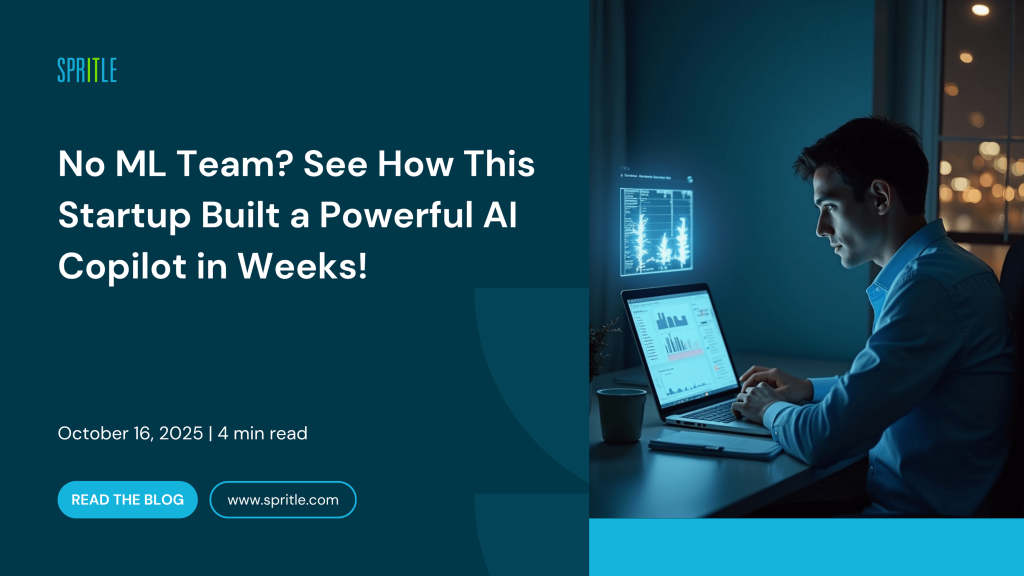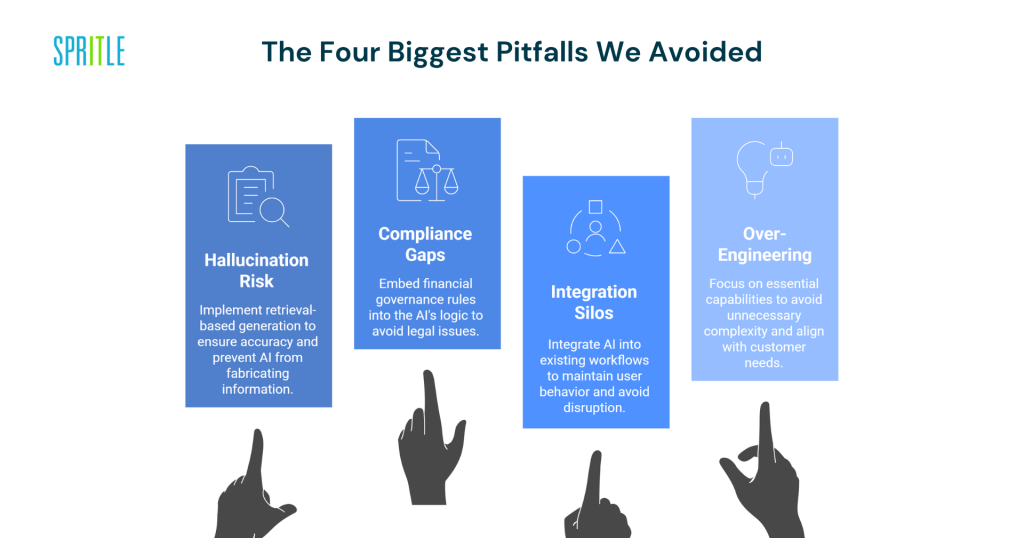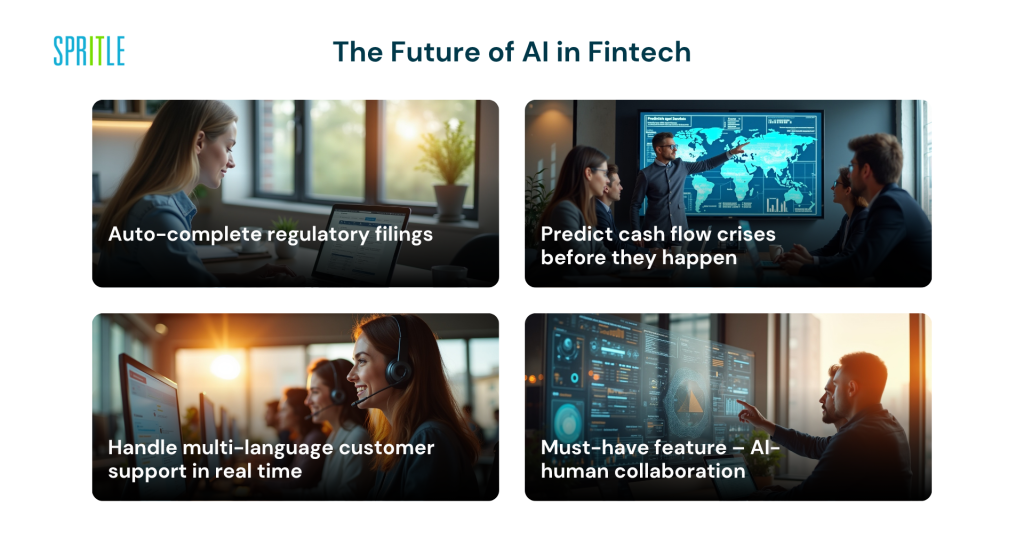


🚀 **AI助手开发新范式:借力而非自建** 文章的核心观点是,初创公司不必花费巨资和大量时间从头开始构建机器学习团队和模型。相反,应该利用现有的强大基础模型(如大型语言模型LLMs)和成熟的AI工具,通过与自身业务数据的结合来快速实现AI功能。这种“搭积木”式的开发方式,大大降低了技术门槛和开发周期,使得AI助手能够更快地投入实际应用。
💡 **智能体验优先:明确AI的实际价值** 在着手技术实现之前,首先需要清晰地定义AI助手应为用户带来何种具体价值和成果。应从用户的角度出发,思考AI如何帮助他们做出决策、完成任务,以及提供个性化服务。这种以用户为中心的“重塑目标”方法,将开发重点从“构建模型”转移到“创造更智能的用户体验”,确保AI的开发方向与业务增长紧密结合。
🛠️ **核心技术与集成:实现快速落地** 文章介绍了实现AI助手快速落地的关键技术组合:利用预训练模型作为核心智能层,通过领域特定数据进行微调(Domain Fine-Tuning)使其理解行业术语,并运用检索增强生成(RAG)技术连接到自有数据库,确保AI提供准确、实时的回答,避免“幻觉”。同时,嵌入合规性过滤器以满足金融、法律等行业的监管要求,从而在数周内就能构建出能够处理文档、检测异常、提供建议的生产级AI助手。
⚠️ **规避常见陷阱:专注核心与集成** 文章警示了在AI助手开发过程中应避免的四个常见误区:1. 避免“幻觉”风险,通过检索模型保证数据准确性;2. 填补合规性漏洞,将监管规则内嵌于AI逻辑;3. 打破集成孤岛,将AI自然融入现有平台而非作为独立组件;4. 防止过度工程化,聚焦解决能带来显著业务影响的核心用户痛点。通过规避这些陷阱,可以确保AI助手的有效性和用户接受度。
📈 **显著成效与未来趋势:AI助手的商业价值** 通过上述方法,初创公司能够迅速实现AI助手的商业价值,例如用户采纳率高、支持查询减少、任务完成时间缩短等。文章预示,未来AI助手将成为金融科技和SaaS产品的标配,能够自动完成法规文件、预测现金流危机、实时处理多语言客户支持等。成功的关键在于快速交付、持续学习和迭代,而非追求技术上的“大而全”。

It’s a scene many founders know too well — the market is shifting fast, competitors are announcing shiny new AI features, and customers are asking the inevitable question:
“When will your product have AI that can just do it for me?”
You already have a great product, one your users love. But now the expectations have changed. Everyone wants AI capabilities — automation, prediction, personalization — the works.
The challenge?
Hiring a team of machine learning engineers is expensive, time-consuming, and out of reach for most growing startups. Even a single senior ML engineer could eat up a massive chunk of your annual budget.
So how can startups keep up with the AI revolution without building a full-blown data science department?

There’s a widespread misconception that building AI means:
For most startups, that’s a fast path to burnout — not innovation.
The truth is, modern AI isn’t about reinventing the wheel. It’s about using what already exists smartly — leveraging pre-trained models, connecting them with your data, and deploying solutions that deliver business value immediately.
What startups really need isn’t a “machine learning team.”
They need an AI copilot — a system that feels intelligent and intuitive to users, built without deep ML infrastructure.
Before jumping into model selection or architecture, the first step is to clarify what AI should actually do for your users.
Ask yourself:
This reframing turns the problem from “let’s build a model” into “let’s build a smarter experience.”
The goal?
To make your AI behave like your user’s smartest, fastest digital assistant — one that understands context, offers insights, and drives action — without needing a single ML engineer on staff.
Here’s the secret behind today’s most successful AI copilots: they’re not built from zero.
They’re built from foundation models — large language models (LLMs) and domain-specific AI tools already trained on vast datasets.
What makes them powerful isn’t the model itself, but how it’s customized and integrated into your product.
Here’s how the process works:
Within weeks, you can have an AI that can:
This isn’t theoretical — it’s how many startups are launching production-ready AI copilots in record time.
Step Three: Turning AI Into a True CopilotA chatbot waits for questions.
A copilot takes initiative.
A well-designed copilot does more than respond — it predicts, alerts, and automates.
Examples:
It’s the difference between a “tool” and a “teammate.”
The best copilots add value before you even ask.
Many startups stumble while building AI copilots because they treat them as simple add-ons.
Here’s what to avoid:

When done right, this approach delivers visible impact — fast.
Imagine your users uploading a messy CSV file.
In seconds, your AI copilot:
That’s not just an “AI feature.” That’s a business differentiator.
Startups following this model have seen:
All achieved without hiring a single ML engineer.
Success here isn’t about skipping expertise — it’s about borrowing and integrating it efficiently.
This hybrid approach combines speed with reliability — the sweet spot every startup needs.
If you’re a founder or product leader racing to bring AI to your users — you don’t need to start from zero.
You need:
A clear understanding of your users’ problems.
The right existing AI technologies.
A reliable partner who can integrate, fine-tune, and secure your system.
In short: ship value, not infrastructure.
The next wave of fintech and SaaS products won’t compete on dashboards or features — they’ll compete on intelligence.
In the next few years, AI copilots will:
The winners won’t be the ones who built everything themselves.
They’ll be the ones who launched fast, learned fast, and iterated with the right mix of AI power and human oversight.

AI copilots aren’t the future — they’re already here. The question isn’t if you’ll use one, but how fast you can deliver one that works.
And you don’t need an army of ML engineers to make it happen.
At Spritle Software, we specialize in helping startups and enterprises launch AI products that are secure, scalable, and truly useful — without the overhead of building in-house AI teams from scratch.
If you’re ready to turn your AI vision into a working product that delights users and stands up to real-world demands, let’s talk.
The post No ML Team? See How This Startup Built a Powerful AI Copilot in Weeks! appeared first on Spritle software.
AI辅助创作,多种专业模板,深度分析,高质量内容生成。从观点提取到深度思考,FishAI为您提供全方位的创作支持。新版本引入自定义参数,让您的创作更加个性化和精准。

鱼阅,AI 时代的下一个智能信息助手,助你摆脱信息焦虑